Over the past year, since we, as Warsaw anarchist Black Cross, started publishing our new anti-prison and anti-repression newsletter, we have put lots of attention to torture subject, to those who experience it, and to institutions and states that use it. Our aim is calling for solidarity and opposing such practices. Many of the situations we are describing in our bulletin had place abroad. However, are we aware of what is happening in our backyard? Over the last two to three years, this subject has become more visible in Poland as a result of the increasing number of published and disseminated information, mainly focusing on police violence. Police violence is a fact, an undeniable fact. However, as we will show, unfortunately, this is not the only problem we have to face. The following text aims to bring this problem closer to you and to look at it from a number of perspectives.
Why is there “no torture” in Poland?
The question is, as you certainly noticed, perverse. Is there really no torture in Poland? What about all the cases of beatings and killings committed by the services? What about extortion? In Poland, torture exists in reality, but it does not exist in the sphere of documents and law. To put it simply, there is only one document in this country, namely a paragraph referring to this subject, namely Article 40 of the Constitution: “No one shall be subjected to torture or cruel, inhuman or degrading treatment or punishment. The use of corporal punishment is prohibited. However, there is no mention of this in the Criminal Code, the Police Act or any other law. Thus, there is no “state” definition of torture, no definition of what it is, and even less of the consequences for those who use it. Of course, we are not talking about international agreements, human rights charters and so on. We are talking about documents that have force in this country.
Thus, people who have experienced any form of inhumane treatment on the part of the state can only invoke the paragraph on the exceeding of powers. This is not a joke. The Office of the Ombudsman has been informing about this problem for years and has been calling for changes to be made to legislation. The result is, of course, poor, and every year, more and more people experience what we can boldly call torture.
Where is torture used?
Although the most frequently reported cases of inhumane treatment of people relate to the situation in police stations, police cars or simply in the street, these are not the only places. The annual reports of the National Torture Prevention Mechanism (KMPT) show that they are equally used in other institutions: prisons and detention centers, psychiatric hospitals, social welfare homes, sobriety centers, juvenile detention centers, border guard facilities, refugees detention camps, care and treatment centers or 24-hour care centers for the disabled, chronically ill and elderly. The list is long and frightening. The more so because practically each of us, or a person close to us, has stayed in one of these places at least once in his or her life. There are more than 3 000 such institutions of detention in Poland, and in many cases there are drastic abuses.
What happens behind the closed doors?
Continue reading








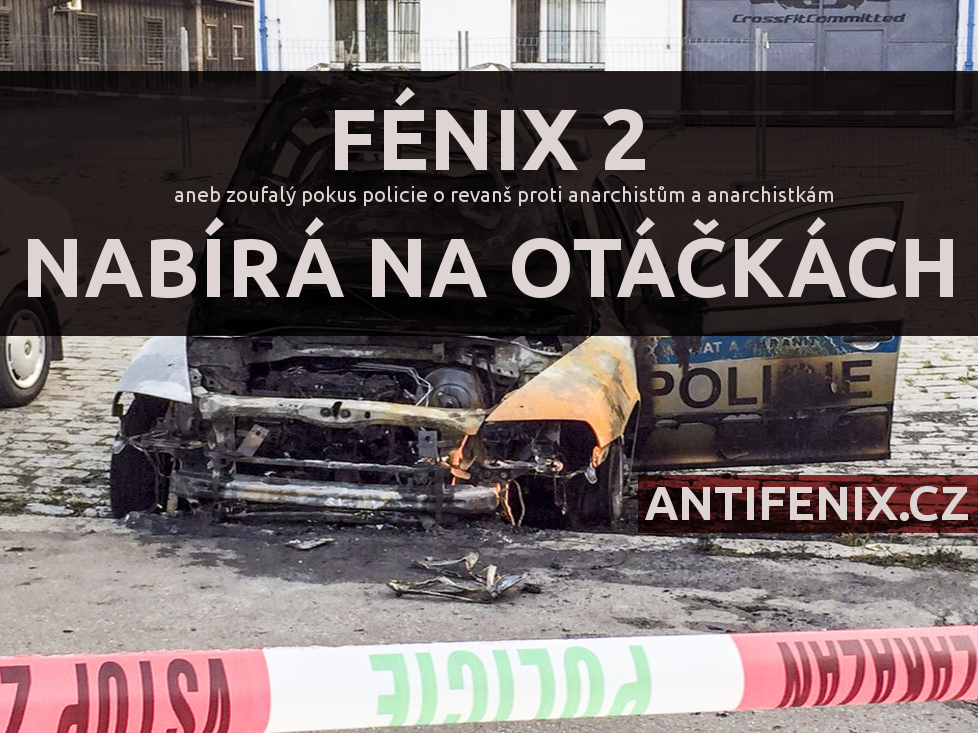
 They focused on interrogations, analyses of materials seized in home raids and also on tracking people. Among them, there was also an anarchist
They focused on interrogations, analyses of materials seized in home raids and also on tracking people. Among them, there was also an anarchist 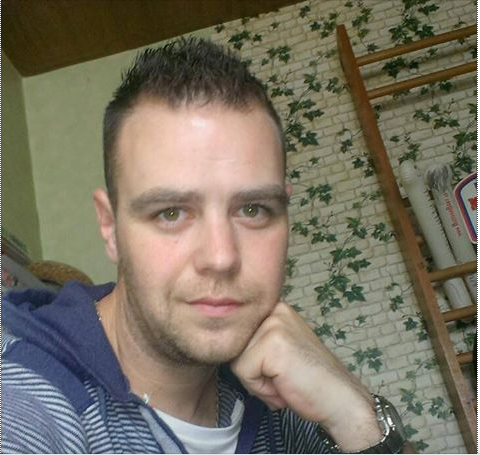 On 4th of October, Lukáš was
On 4th of October, Lukáš was 



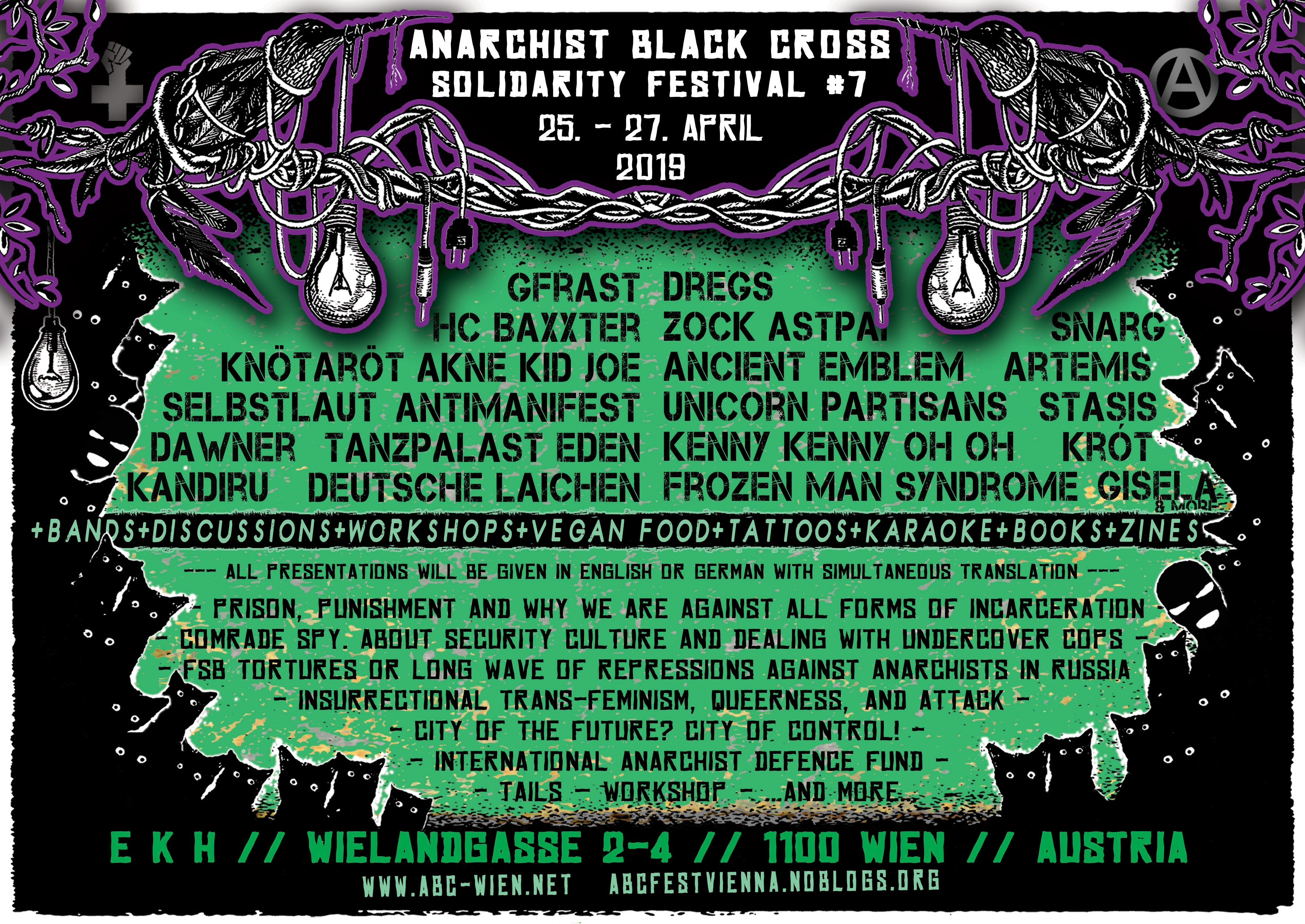
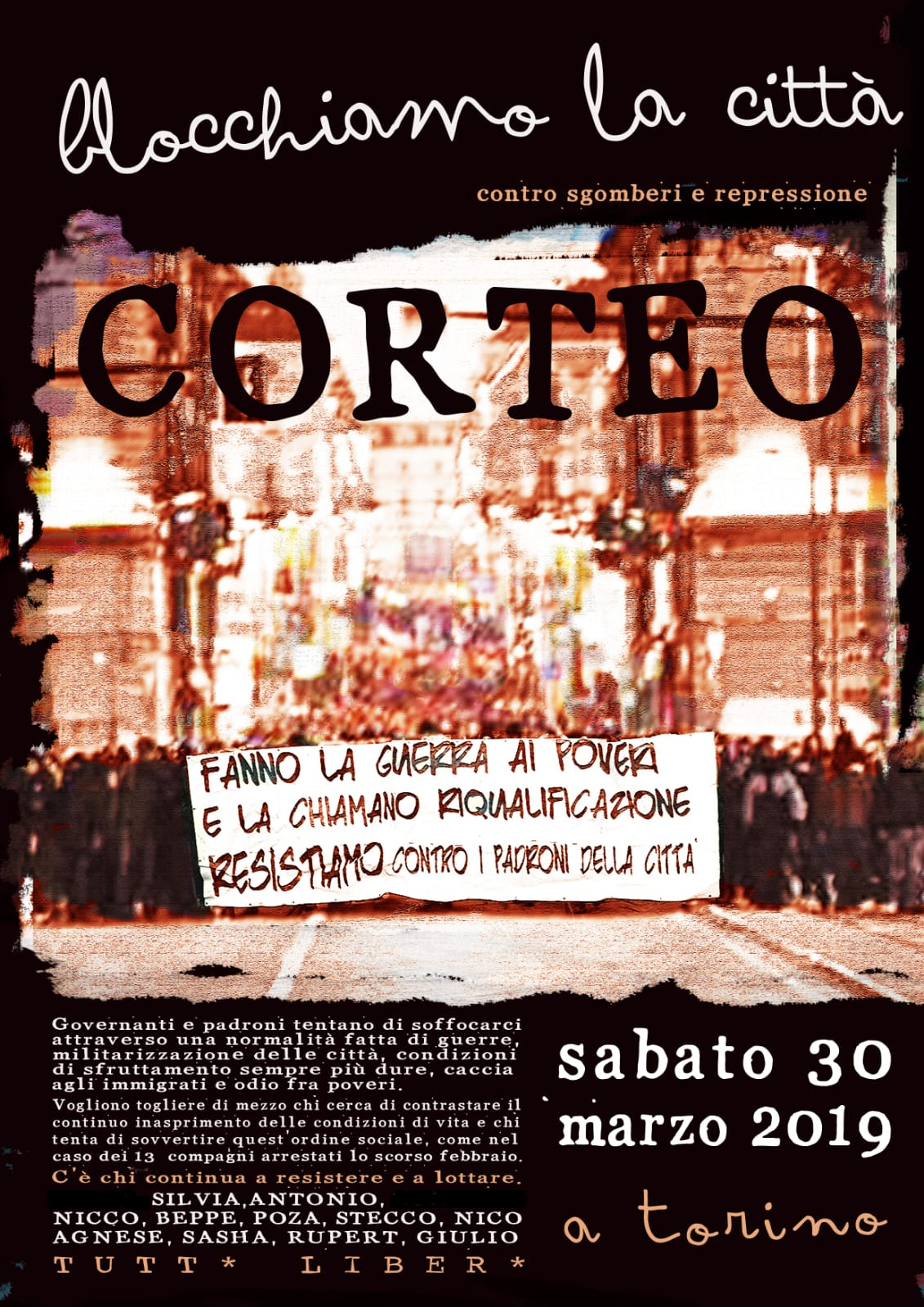
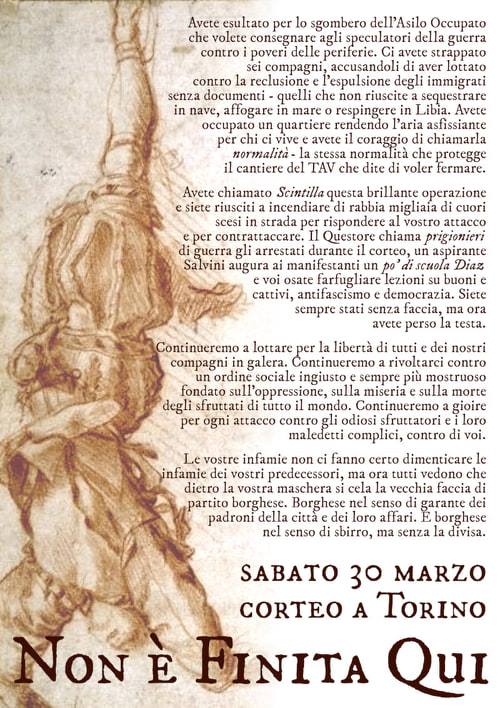
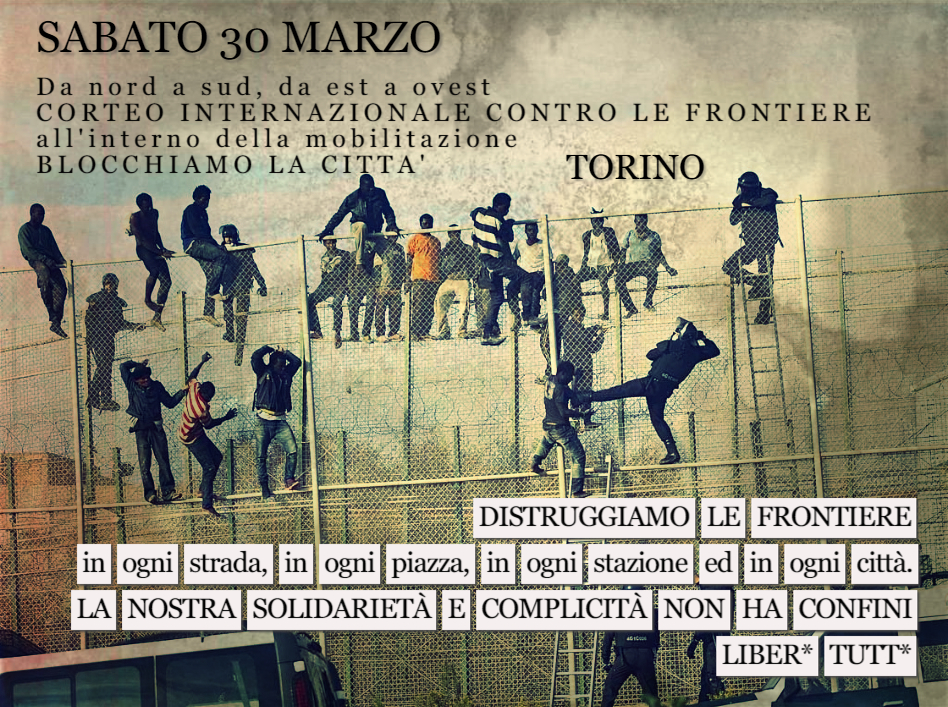



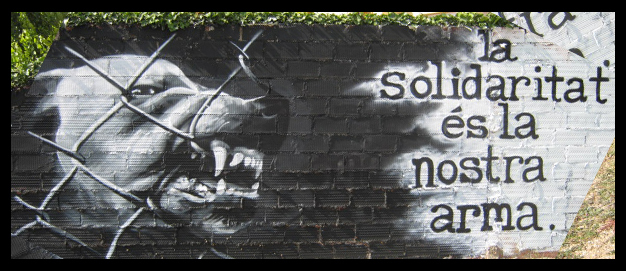

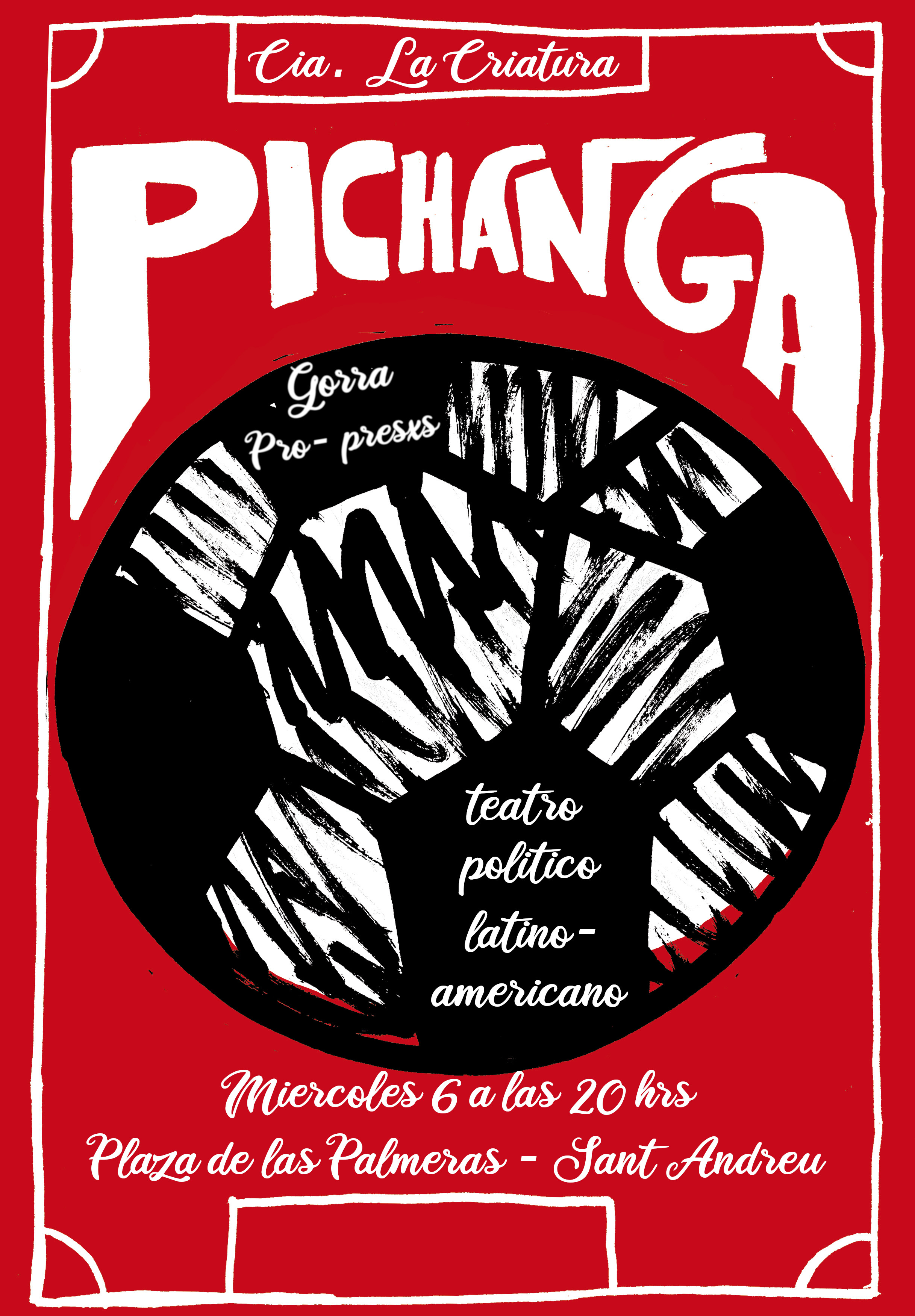

 Radio Blackout – Torino
Radio Blackout – Torino Radio Bronka – Barcelona
Radio Bronka – Barcelona Radio Klaxon – ZAD Notre Dame de Landes
Radio Klaxon – ZAD Notre Dame de Landes Police Spies Out of Lives
Police Spies Out of Lives Contrainformación Anarquista
Contrainformación Anarquista Luca Zanette
Luca Zanette The anarchist library
The anarchist library Khimki Forest
Khimki Forest No Mat Catalunya – Campada
No Mat Catalunya – Campada No THT France
No THT France NoTav
NoTav ZAD – NotreDame de Landes
ZAD – NotreDame de Landes Usurpa!
Usurpa!